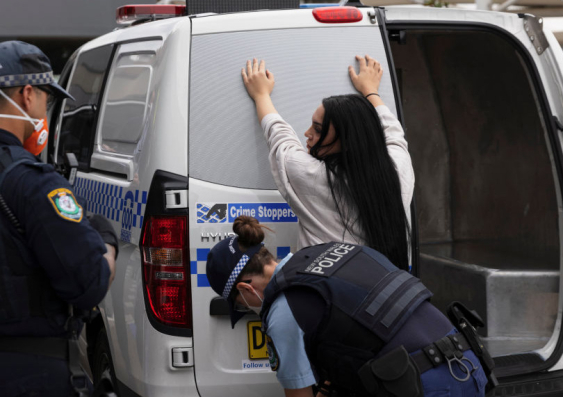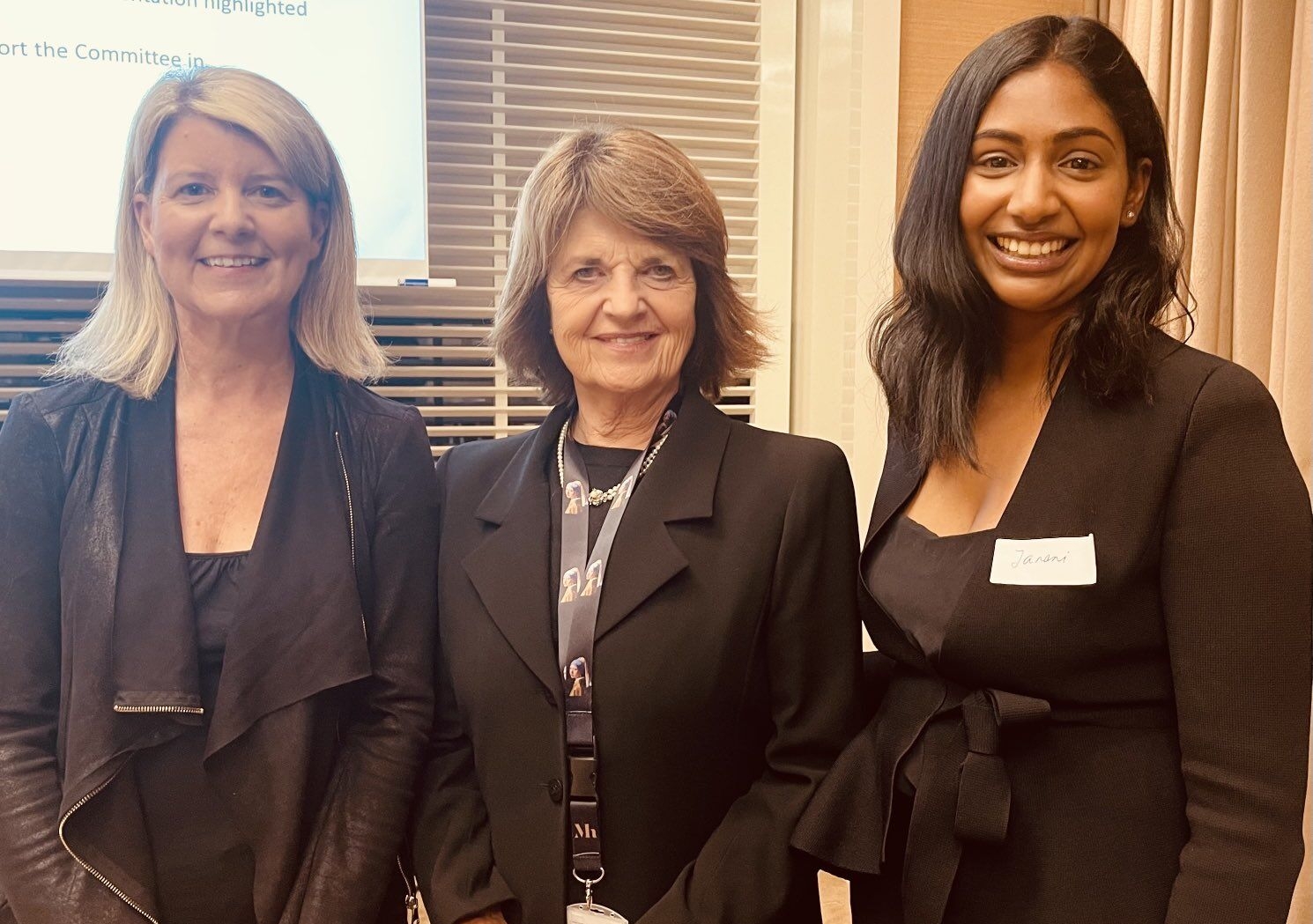A 'tough on crime' political culture tends to bring the same solution to every crisis: harsher laws. That’s a problem.
When media reports emerged earlier this year about a new youth����of robbery, break and enter, and car theft in the northwestern NSW town of Moree, it wasn’t hard to predict what would happen next – and what the government would do about it.
A new criminal law (or two) would be created, conveying a "tough on crime" message. Voices of opposition would warn about the adverse implications for human rights. These warnings would be ignored, deflected or minimised.��
A new bill would then be hurried through parliament with bipartisan support (with the opposition pausing only to take a shot at the government for not going far enough), and the 8 million residents of NSW would wake up the next day to an expanded criminal law statute book.��
The "crisis" may have been local, but, in the parliament’s wisdom, the "solution" would apply statewide – from Broken Hill to Bankstown and from Alstonville to Albury.��
And that is exactly what happened.��
Laws rushed through parliament
The NSW government introduced the����on March 12 this year. On March 19, the Legislative Review Committee (a parliamentary body that scrutinises all bills for potential human rights infringements) raised some concerns about the proposed new law, and lawyers groups and human rights organisations����with the government to reconsider.
Undeterred, the lower house passed the bill the same day, and the upper house followed suit three days later. The whole exercise – involving significant change to two of the state’s most important criminal justice system statutes – ��took just 10 days.
The Bail Act 2013 (NSW) now provides a restrictive new bail access regime,��, that applies specifically to children accused of car theft or serious break and enter offences.��
The Crimes Act 1900 (NSW) now contains a new "performance crime" provision,��, that adds two years to the maximum penalty for car theft and break and enter offences, where the person convicted is found to have����about the crime on social media.
The reason this was all so predictable is that it has happened so many times before.��
For decades, scholars of criminal law and criminology have documented and critiqued the pernicious effects of "law and order" political culture and the role it plays in the proliferation of punitive criminal laws.��
In their 1998 book��Rethinking Law and Order, Russell Hogg and David Brown wrote: ��“It is a core assumption of law and order common sense that crime must be combatted by enhancing the powers and resources of the criminal justice. Yet as soon as we step outside the parameters of common sense and consult some of the sources of knowledge it habitually ignores, we discover the folly of this assumption.”��
One of those "sources of knowledge" that governments often ignore in seeking to address crime is human rights norms.��
Is Australia really a 'good guy'?
And herein lies one of the paradoxes of Australian political culture.��
Leaders love to��extoll Australia’s virtues��as a rights-respecting "good citizen" of the world. After all, it was our own H.V. 'Doc’ Evatt who played a central role in the����and the��.
Consequently, it is part of Australia’s national identity that we are one of the "good guys" when it comes to protecting and respecting human rights.��
But when fear and anxiety about crime bubble up to the surface, nuanced responses tend to be drowned out. The imperative of "community protection" pushes human rights to the margins.��
This is especially the case when the rights at stake are the liberty and due process rights of a person accused of a crime.��
There is a racial dimension to this pattern, too.��
Over-policing, over-criminalisation and over-incarceration of Aboriginal and Torres Strait Islander peoples are seemingly intractable features of the Australian criminal legal system.
All levels of government have committed to achieving reductions under the����initiative. And yet, changes like the����will make things worse, not better.��
In 2023, in regional NSW,����for property crime involved an Aboriginal person. Even before these bail restrictions were introduced, Aboriginal children were����in the remand population.
Some "law and order" crises are manufactured; some are supported by evidence.��
There was evidence of����in Moree and some other parts of NSW. However, the issue is not that governments should ignore genuine concerns about crime and safety – it’s that the tendency to routinely turn to��more criminal law as the "solution" is a problem.
The challenge is to find a way out of the dichotomy of community protection versus human rights. It is too easy to treat the former as always trumping the latter.��
At the same time, the assumption that things would play out differently if NSW (or Australia) had a����or bill of rights is not necessarily correct.��
Just last year, the Queensland parliament passed legislation����the Human Rights Act 2019 (Qld) to clear the way for the detention of children in adult watch houses — a practice that��.��
In Victoria, the����requires the government to prepare a statement of compatibility for each new bill, but the requirement is procedural, nor substantive, meaning that the proposed new law doesn’t actually have to be human rights compatible.��
Little chance of overturning laws
It is enough if the government simply declares to parliament that the new law infringes human rights, and that they are pushing on with it regardless, as has happened on topics including����and��.��
Opponents of over-criminalising laws sometimes turn to the courts for help, but most learn that the Australian judiciary’s "toolkit" for engaging in human rights scrutiny is��. The chance of a law being overturned is not zero, but it is pretty slim.
All of this suggests the need to find a way to take all��human rights more seriously when policy and law reform responses to crime community safety concerns are being considered.
Ironically, the Moree story provides a basis for some optimism in this respect.��
The NSW government did not only��restrict bail and ramp up penalties. It also����$AU13 million to improve justice and support services in Moree, and $13 million to develop crime prevention strategies, including "justice reinvestment", across regional NSW.
These��are the sorts of public policy responses that can simultaneously address community safety and��respect human rights — including the individual rights of young people and adults, and the collective self-determination rights of Aboriginal communities.
Governments should be encouraged to be brave about striking out in these directions, without relying on the crutch of new criminal laws that are attention-grabbing but end up doing more harm than good.��
Luke McNamara��is a Professor in the Faculty of Law and Justice and member of the Centre for Criminology, Law & Justice at UNSW, Sydney. His research focuses on how and why governments turn to criminal law ‘solutions’ to address identified risks and harms.
Originally published under����by��™.








